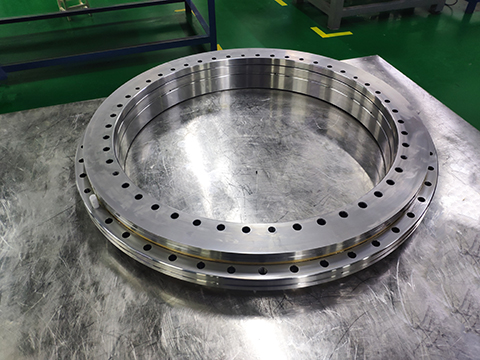Rated dynamic load refers to the load borne by the bearing when the rated life is 1 million revolutions.
Rated static load refers to the contact point between the rolling element and the raceway of the ring that receives the largest load when the bearing is under the load,
and the sum of the permanent deformation of the rolling element and the raceway of the ring is one ten thousandth of the diameter of the rolling element .
There is a certain relationship between the service life of the bearing and the rated load of the bearing, so under what circumstances do we choose the bearing based on the rated load of the bearing?
There are mainly the following points:
Note: In some cases, the size of the bearing should be selected by the rated static load (for the convenience of description, the definition code is Co) instead of calculating the bearing life.
1. Under the action of continuous or intermittent impact load, the bearing is static.
2. Under the action of load, the bearing only makes slow reciprocating swing or adjusting movement.
3. Under load, the speed of the bearing is very low (less than 10 revolutions per minute) and only requires a short life.
In particular, it should be noted that in this case, for a given equivalent load P,
the required basic dynamic load rating C will be very low according to the life formula, so the selected bearing may be seriously overloaded in actual work.
4. In addition to bearing the normal working load, it also needs to bear a heavy impact load, and the bearing is rotating.
In the above cases, the load that the bearing can withstand does not depend on the fatigue of the material, but on the degree of permanent deformation caused by the load on the raceway.



